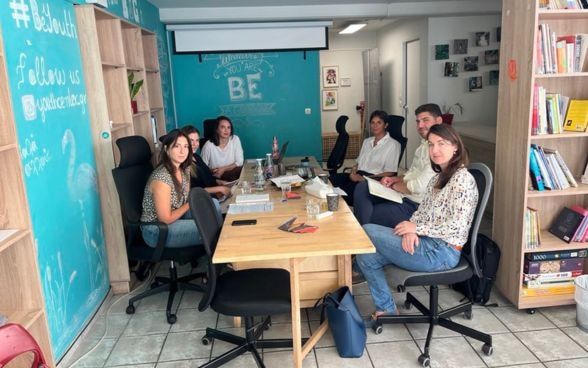
Since May 2024, the project “National Emergency Response Mechanism (NERM)” is supported within the framework of the Swiss-Greek Cooperation Programme. It aims to enhance child protection services for unaccompanied migrant children (UMC) identified as homeless or living in precarious conditions. By strengthening the operational aspects of NERM’s services, the project will mitigate risks of abuse, exploitation, and trafficking while addressing critical accommodation needs. The intervention involves tracing and referring UMC to suitable care arrangements through information desks, mobile units, tele-interpretation services, and escort mechanisms. NERM’s comprehensive framework operates under the General Secretariat for Vulnerable Persons and Institutional Protection, coordinating with key stakeholders, including the NGOs ARSIS, Network for Children's Rights, and Metadrasi, to provide immediate support and holistic care. It is an essential component of Greece’s National Strategy for the Protection of Unaccompanied Migrant Minors, contributing to sustainable migration management and promoting social inclusion.
